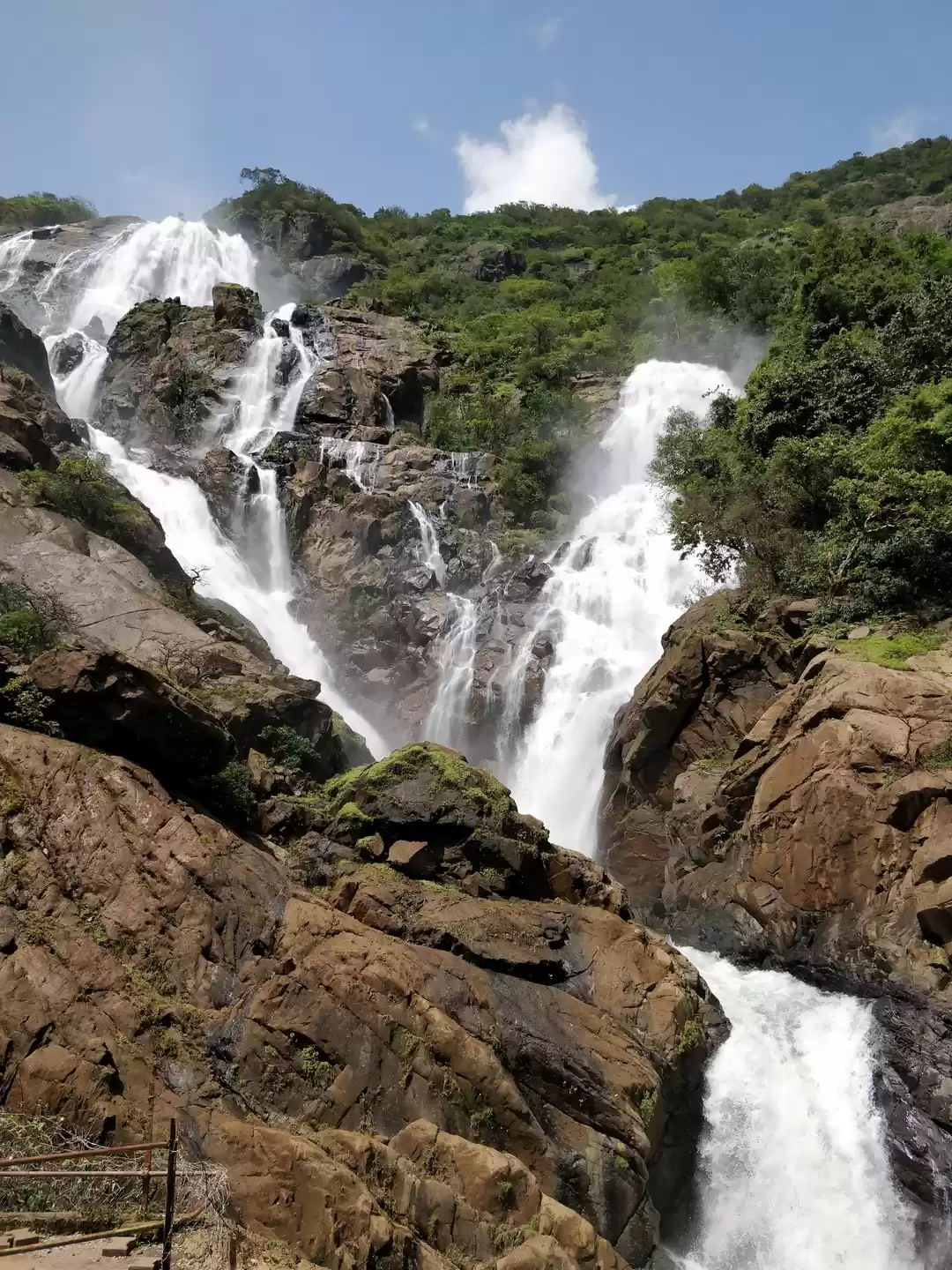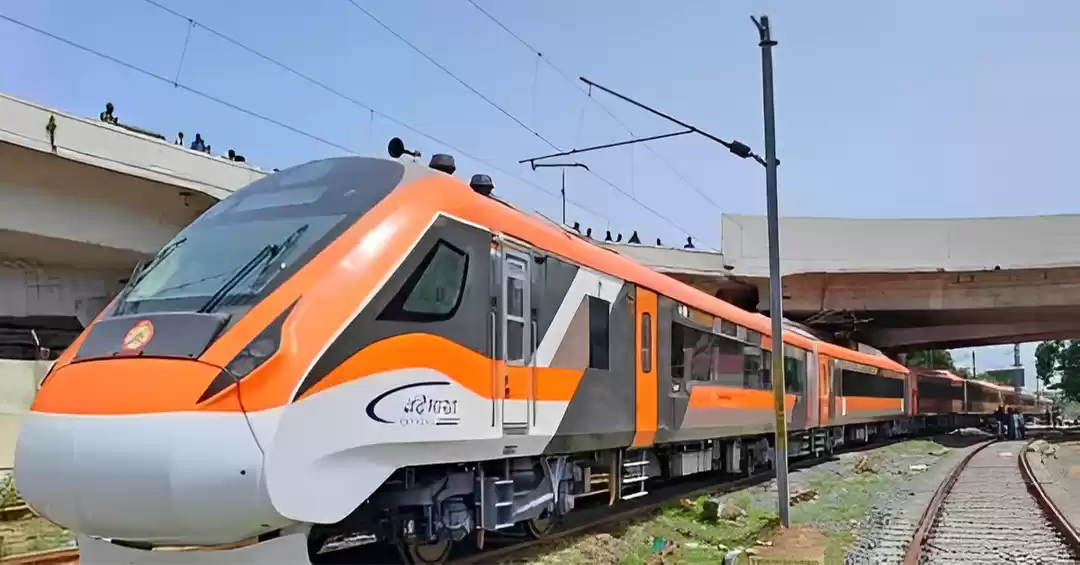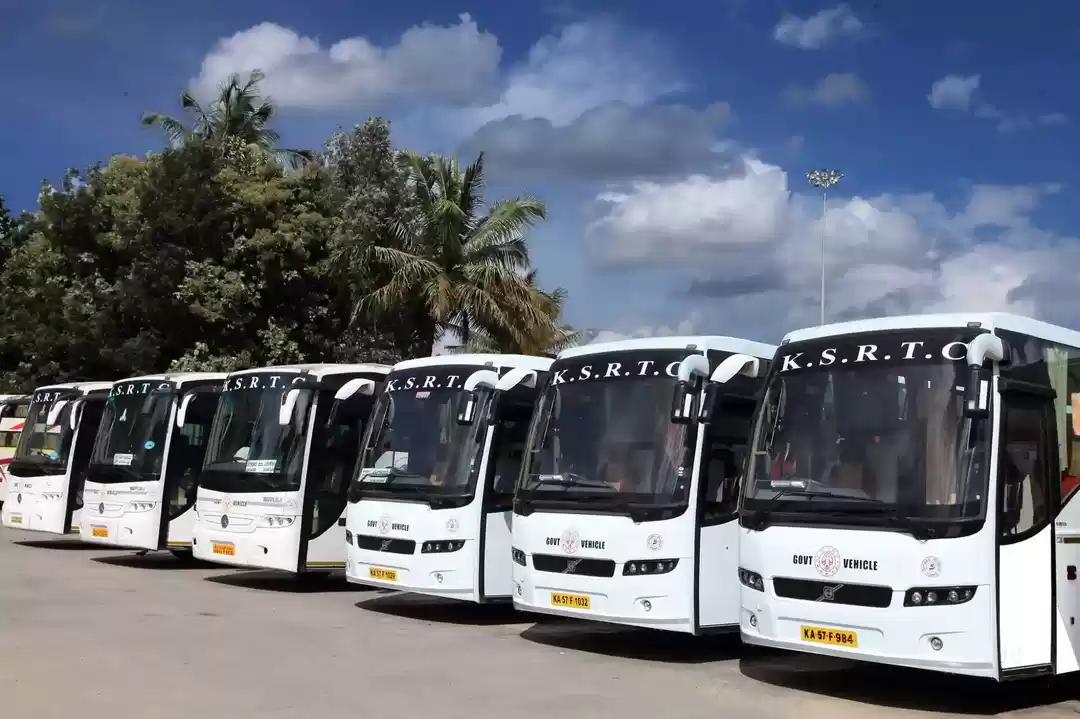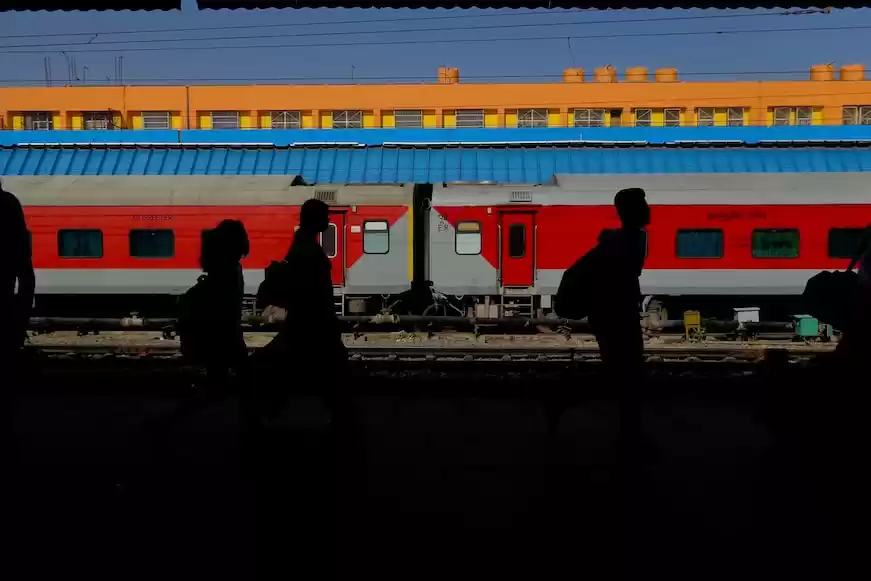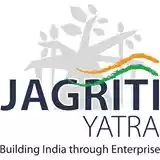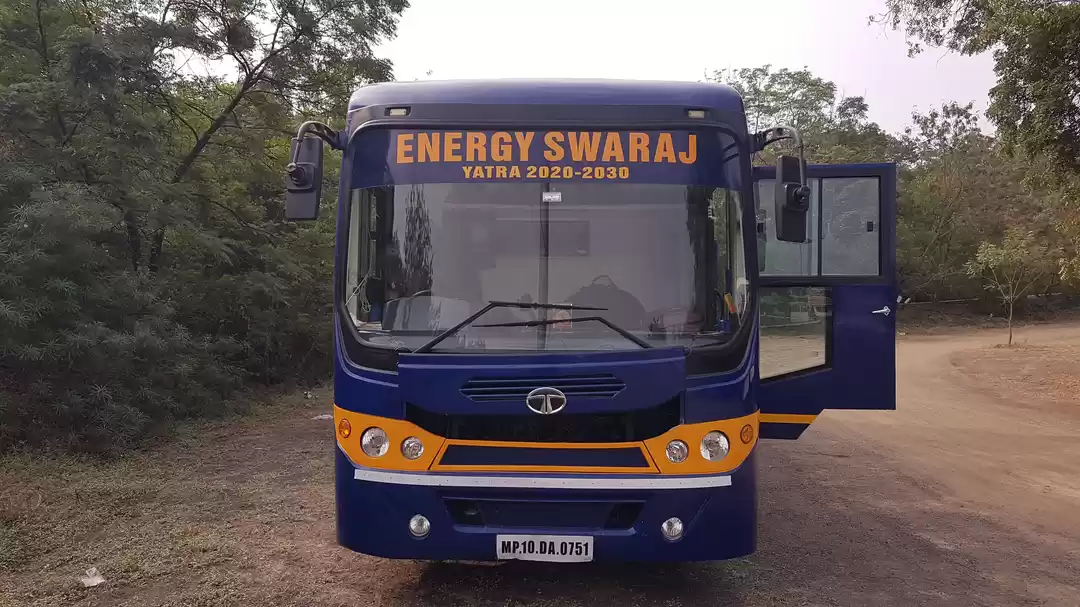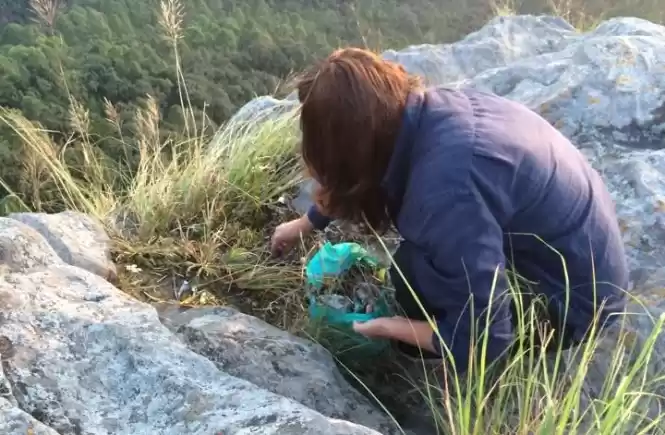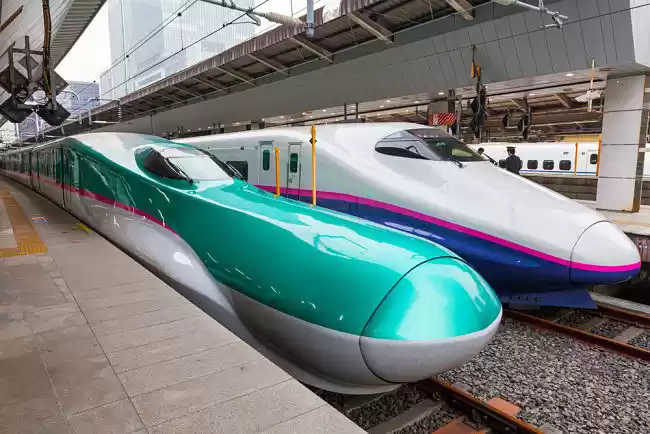
6:30 AM: My phone vibrates: "Good morning, the sunrise is beautiful."
After 36-hours on the track, our train has finally come to a halt. The Yellow plaque-card, which will quickly become a photo opportunity to document our many destinations, reads Dharwad.
The chatter on the platforms grows louder as the slumberous surface, and the calls to de-board get more desperate. Making our way to the buses, I sight my first glimpse of 450 people walking off the train in unison: an army of sorts. Perhaps there's some truth in the metaphor. After all, we are fighting for a better country.
**
We march up the brambly pathway to the Kalkeri Vidyalaya Sangeet (KSV). The climate is hot and the air is dusty. I use my woolen scarf to shield my face from the sun. The material feels unnecessarily warm against my skin, although just a few hours ago the chilly weather demanded it. But this is just the beginning of the uncertainties that we will deal with on this journey.
The morning is spent under a large canopy listening to the team at Selco (Solar Electric Light Company, India) enlighten us about their fight against energy poverty. The adage 'seeing is believing' could be adapted to 'feeling is believing' in this case, for the site visits take place in the scorching afternoon winter sun. Hubli. Science may not be my forte, but I'm convinced that the region is viable for solar energy.
The afternoon is spent hearing more from KSV, culminating in a cultural performance by the children. The canopy is visibly emptier, as its audience is more scattered around the grounds. Some are saturated with the knowledge, while others perhaps feel it can be sought more effectively off the stage. Young French and German volunteers clad in traditional Indian-wear roam the grounds. Some are more than happy to stop and chat about their experience in India. Most are on year-long programmes funded by their government.
We wander off to an ice-cream truck where yatris are purchasing choco-bars by the bulk. We're a large group to satisfy, after all! I resist, but my co-yatri insists that we at least buy some for the school children. Most of them are snatched out of my hands before I can distribute them. Wrappers are strewn around the grounds as ten happy faces are devouring their ice-cream bars without a care in the world.
Walking back to the premises, a combination of guilt and anger swells up at the thought of leaving litter behind. The fight seems futile if basic sensibilities for one's surroundings cannot be maintained. At this point the yatra's core philosophy of 'finding solutions rather than complaining about the problem' seems pertinent, yet practically unachievable. "Let's just pick them up," my co-yatri nudges me, seeing the angst on my face.
A child curiously looks at us as we bend down to pick up the dusty ice-cream wrappers. Soon he follows suit. A few more take initiative, making the task more efficient, and the lesson more effective. The ground is litter-free. Cheers erupt from inside the canopy as the performance has just ended. I take a mental bow.
This is the fourth part of #YatraDiaries, a mini-series chronicling my 15-day journey on the Jagriti Yatra, 2015. Read the previous post Jagriti Yatra is an ambitious train journey of discovery and transformation that takes hundreds of India's youth on a 15 day, 8000 km national odyssey to meet diverse social and business entrepreneurs in the country. Their vision is to build India through enterprise. As a Yatri-2015, I will be chronicling snippets of my journey in a blog series called Yatra Diaries. You can also follow #BombayDelhiGirlxJY on social media for some of my photographs capturing the yatra.





